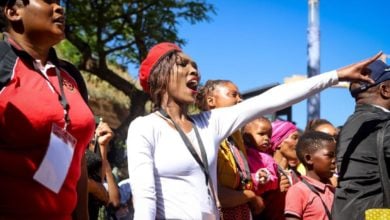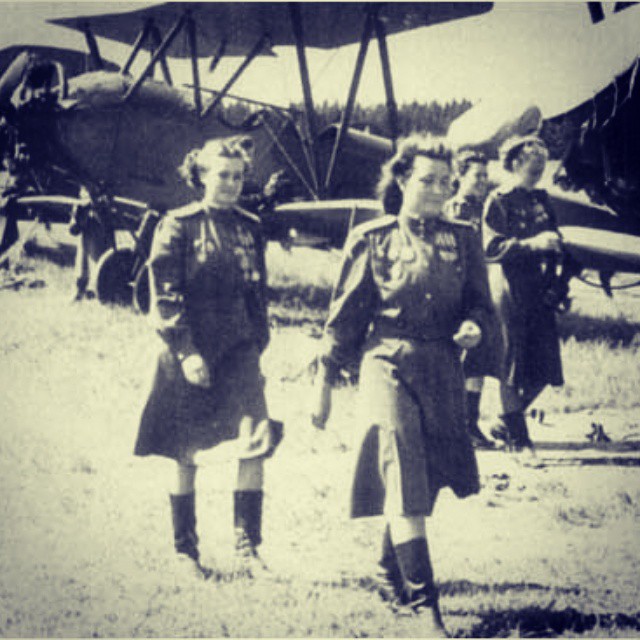Eugene Puryear is the vice-presidential candidate of the Party for Socialism and Liberation, running with Gloria La Riva and is also the author of Shackled and Chained: Mass Incarceration in Capitalist America.
The police killing of Sylville Smith in Milwaukee on August 13 sparked a rebellion in the city’s Sherman Park neighborhood. A BP gas station, whose owner had just a month before threatened area children with a gun, was burned to the ground. Several other buildings and a police vehicle also got torched.
There appears to have been a wide range of encounters from essentially spontaneous protests to what appeared to be some low-level armed clashes with the police.
While some weak cries of “outside agitators” have arisen, it is fairly well recognized that Milwaukee was a powder keg to begin with.
Milwaukee is one of the top five most segregated cities in America with almost the entire Black population confined to a handful of neighborhoods on the North side. Milwaukee has the largest achievement gap between white and Black students in the nation. It also has the highest suspension rate of Black students of any school district in the country.
In the 53206 zip code, one that matches some of the most impoverished areas of the city, 62 percent of Black men have been locked up by the age of 34. Milwaukee also for several years had the highest Black unemployment in the nation, officially at around 20 percent in 2015. However, studies going back to before the crisis that look at the matter in a more thoroughgoing way have made estimates that set it higher, some at almost double that number.
Of those killed by the police, 90 percent are Black men, who make up only 18 percent of the overall population of Milwaukee. In 2014, Dontre Hamilton was shot 14 times and killed leading to an upsurge of protest, but no charges for the cops.
In 2011, cops laughed and joked as a handcuffed Derek Williams suffocated and died in the back of a police car begging them for help. Again no charges leveled.
And as if to add insult to injury, the city is spending $250 million of desperately needed public money to build a stadium for the Milwaukee Bucks basketball team owned by two Wall St. billionaires.
The situation in many ways is reminiscent of Ferguson or Baltimore where a police killing became the catalyst for a community to rise up in anger at an intense web of oppression and exploitation they live under. Clearly, this was a community response to a situation that is extremely dire, but for which so-called leaders have provided no solutions.
It’s fitting that the Milwaukee uprising had been recently preceded by the release of the Movement for Black Lives “Vision for Black Lives” platform. The platform articulated in a general sense the existence of these conditions. It also addressed them with specific policies.
The two combined bring home the growing sense of rebellion in Black America, and that “Black Lives Matter” is really just the most “political” expression of it. With three uprisings, offensive actions against the police, and serious discussions about the rights and consequences of self-defense, it’s clear that the struggle around police terror has entered a more intense phase and has become a proxy for the general struggle for Black Liberation.
It’s taken on a raw edge with the state outsourcing the propaganda war to the Fraternal Order of Police. Predictably the state has also used the killing of police officers to elevate the ravings of these police officials from the rightwing sewer press to the major airwaves.
The depth of oppression in Black communities breeds indigenous uprisings. It has also, this time, created a more explicitly political resistance; a resistance that has now married the moral authority of leading the struggle against racism with a set of proposals that radically cuts across the status quo with clearly anti-capitalist undertones.
The Movement for Black Lives exists as the current iteration of a once again rising Black Liberation Movement. How exactly that relates to the broader left-oriented radicalization in society is key. Embracing a platform that speaks to issues effecting working class people more broadly speaks to the question of offering leadership to a broader constituency.
Demands around immigration reform or higher wages are only realistic insofar as they involve broader circles beyond Black communities. The question of the broader social forces necessary to actually challenge the institutions of capitalism, not just particular policies, is paramount.
For our part, in the Party for Socialism and Liberation, we believe it will take a unified struggle of the working class and oppressed people more broadly, well organized, to take on the centralized power of capitalism-imperialism. This is what it will take to establish a society based at its root on human need and sustainability for the planet: socialism.
In the wake of Milwaukee, these questions undoubtedly will be debated in the ranks of the Movement for Black Lives and beyond. As the struggle becomes more coherent and more international, clearly the opposition is also increasing its attacks. Now that the movement has made its stand clear, the next task is to develop the structures capable of allowing it to actually take a stand on those principles. See you in the streets.






